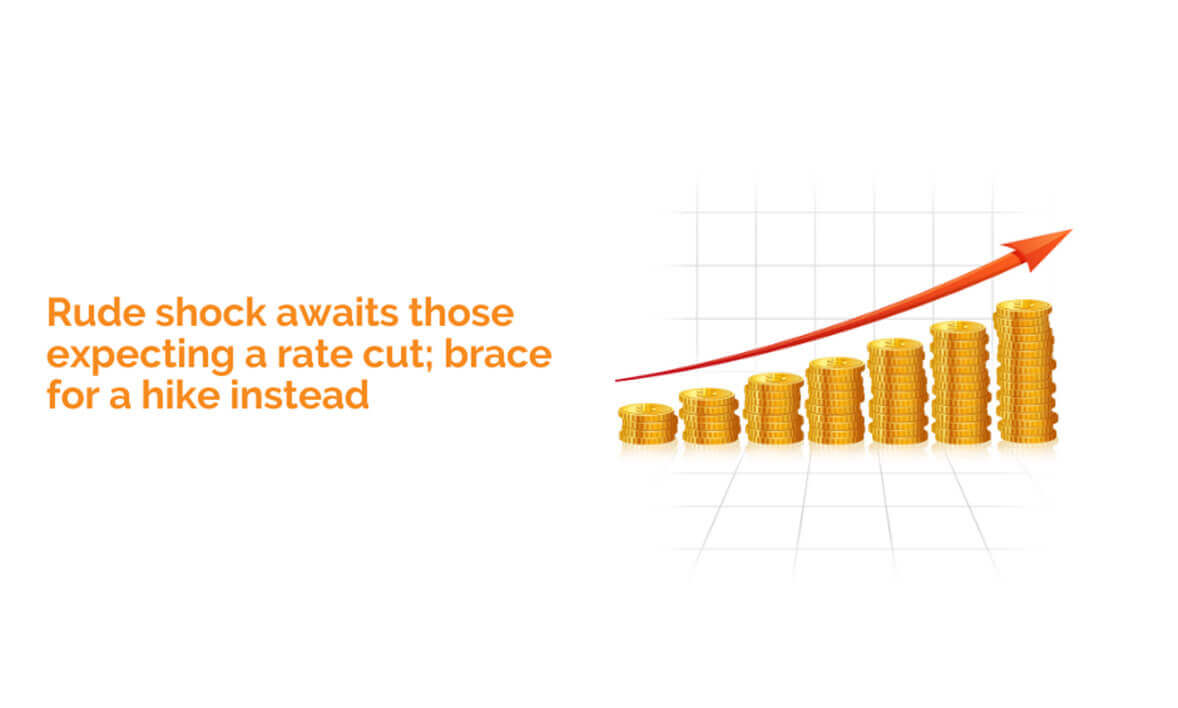Rude shock awaits those expecting a rate cut; brace for a hike instead
The US Federal Reserve raised interest rates by 25 basis points to a 22-year high, with the key policy rate now in the range of 5.25-5.50 %.
This move and the prospect of additional hikes have far-reaching implications for the global economy, including emerging markets such as India.
The interest rate differential between India and the United States is now only one percentage point.
While this could have had a significant impact on capital flows, making India less attractive for dollar investments.
Of course, things have changed in India too.
RBI could hike rates
The unexpected surge in India's annual retail inflation rate to 4.81% in June, driven by rising food prices, has led Indian investors to delay rate cut expectations by at least a quarter to mid-2024.
The situation on food prices does not look good. The government has already placed stock limits on pulses and banned exports of rise.
The bond market has taken cognisance of this.
Rate Cut Prospects Deferred
It is not just the rate hike that could be a concern.
Also, India's overnight indexed swap rates, considered a barometer of interest rate expectations in the economy, indicate that the Reserve Bank of India could raise the policy repo rate once more by 25 basis points in the next six months.
What is worrisome is that expectations for a rate cut are now seen pushed over to 2025, media reports quote bond market dealers as saying.
This expectation is in stark contrast to May when the bond market anticipated an interest rate cut as early as October.
What Investors Must Do
This current development, though, should not worry readers of this blog.
We have maintained that interest rates are expected to stay higher for a longer period of time.
While this could be troubling for those with loans, it is a good time for savers and investors.
Rate increases allow purchasing high-quality bonds at higher yields because bond prices fall when interest rates rise.
Bond investors should consider a 'laddering up' strategy for their portfolio.
Rather than investing a lump sum in a single bond, you can divide the investment into smaller portions and allocate each portion to a different maturity date bond.
This will not only provide a consistent and predictable cash flow, but will also allow you to invest unallocated capital in a higher-interest rate bond.
We are sure you enjoyed reading this article.
If you are interested in investing and want to learn more about Bondbazaar,
sign up now to get started on your journey of common-sense investing. Trade
bonds with the same ease that you do stocks.

